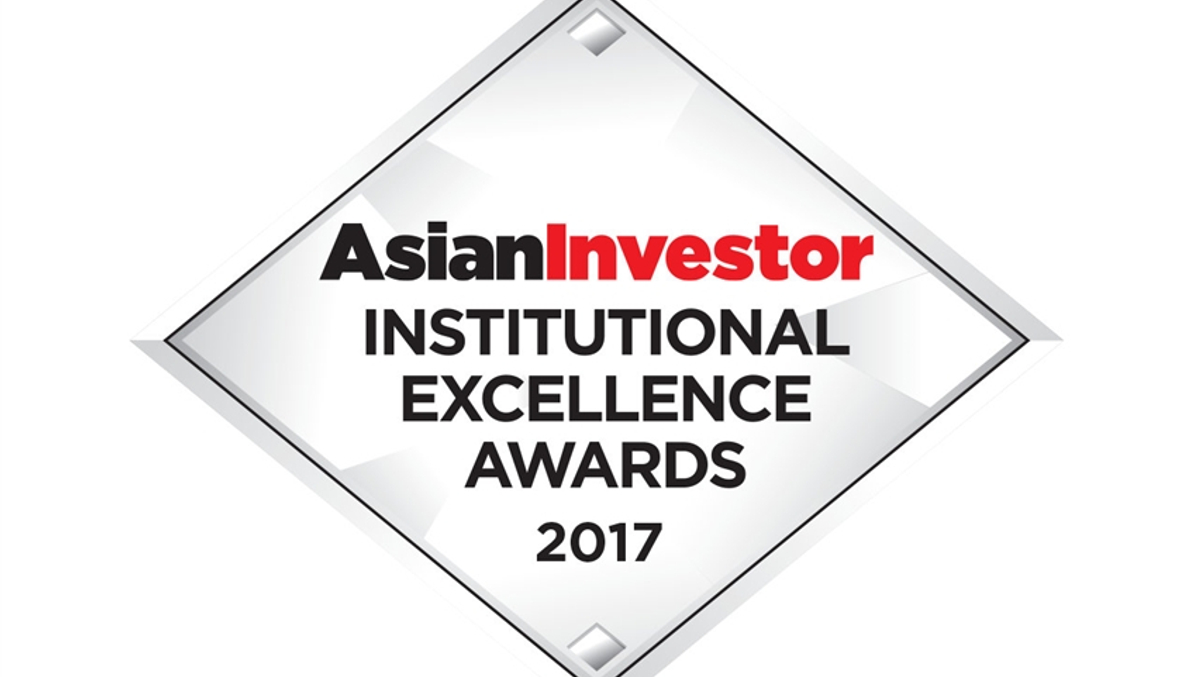award
Asia's top 2017 investors by institutional type–explained
We explain why we chose the regional winners for our Sovereign Wealth Fund, Reserves Manager, Insurance Company, Pension Fund and Endowment awards.

AsianInvestor’s annual institutional excellence awards are designed to identify, recognise and celebrate the asset owners of the region that are either best-in-class in their institutional areas or geographies, or are fast improving and worthy of recognition for their efforts.
Sign In to Your Account
Access Exclusive AsianInvestor Content!
Please sign in to your subscription to unlock full access to our premium AI resources.
Free Registration & 7-Day Trial
Register now to enjoy a 7-day free trial—no registration fees required. Click the link to get started.
Note: This free trial is a one-time offer.
¬ Haymarket Media Limited. All rights reserved.


